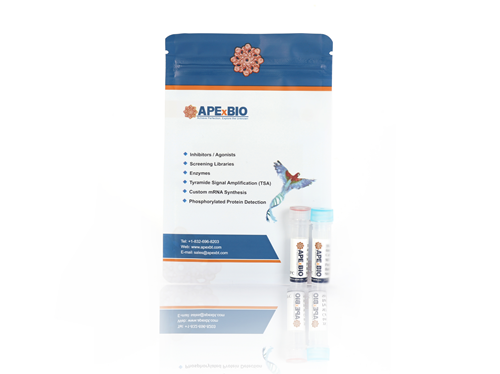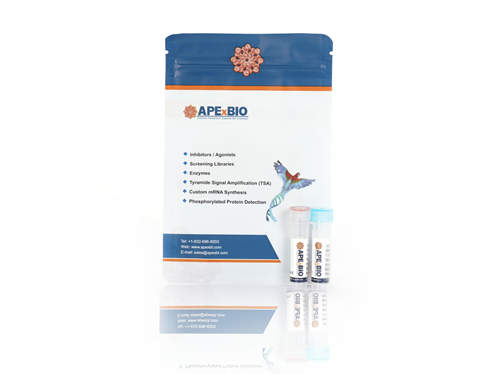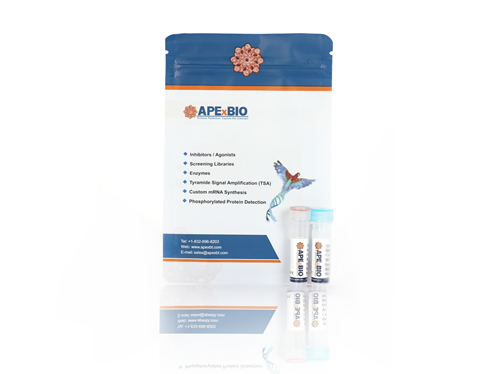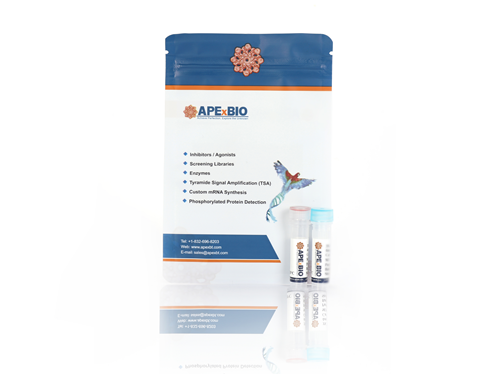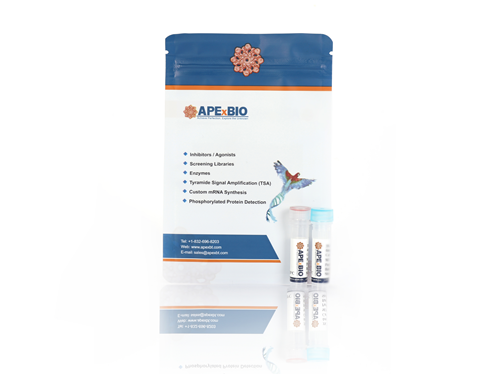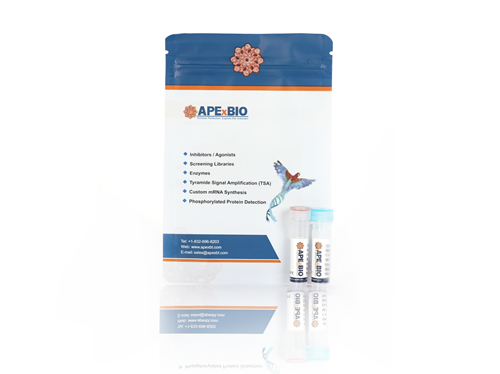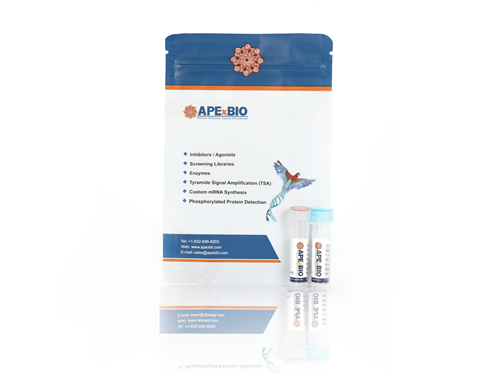EZ Cap™ Mouse GM-CSF mRNA (m1Ψ)
GM-CSF (granulocyte-macrophage colony-stimulating factor) is an important cytokine produced mainly by T cells, macrophages, endothelial cells and fibroblasts. Its main function is to stimulate hematopoietic stem cells in bone marrow to differentiate into granulocytes and macrophages, thereby enhancing the body's immune response. GM-CSF not only promotes the production of white blood cells, but also enhances their functions, such as increased phagocytosis and antigen presentation. In addition, GM-CSF also plays an important role in the inflammatory response, regulating the migration and activation of immune cells. Clinically, GM-CSF is used to treat certain types of leukopenia and as an adjunct in cancer immunotherapy.
EZ Cap™ Mouse GM-CSF mRNA (m1Ψ) is provided at a concentration of ~1 mg/ml with Cap1 structure. There are currently two ways to cap mRNA: One is co-transcription method, by adding Cap analogues into the transcription process. The other is enzymatic Capping. After transcription, Cap0 capping is performed by Vaccinia virus Capping Enzyme (VCE), GTP and S-adenosylmethionine (SAM). The Cap0 is then generated into the Cap1 through 2´-O-Methyltransferase and SAM. Cap1 Capping can also be performed by adding VCE, 2´-O-Methyltransferase, GTP and SAM in a one-step process. Cap 1 structure is more ideal for mammalian systems and possess higher transcription efficiency than Cap 0 structure. The addition of N1-Methylpseudo-UTP(m1Ψ) and poly(A) tail suppress RNA-mediated innate immune activation and increase the stability and lifetime of the mRNA in vitro and in vivo. Poly(A) tail also plays an important role in enhancing the efficiency of translation initiation.
|
mRNA Length |
|
||
|
Concentration |
~1 mg/mL |
||
|
Buffer |
1 mM Sodium Citrate, pH 6.4 |
Storage |
-40°C or below |
|
General tips |
Please dissolve it on ice and protect from RNase carefully. Avoid repeated freeze/thaw cycles as possible. Don’t vortex. Upon first use, centrifuge the tube softly and aliquot it into several single use portions. Use RNase-free reagents and materials with appropriate RNase-free technique. Don’t add to the media with serum unless mixing with a transfection reagent. |
||
|
Shipping Condition |
ship with dry ice |
||



